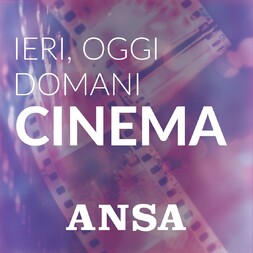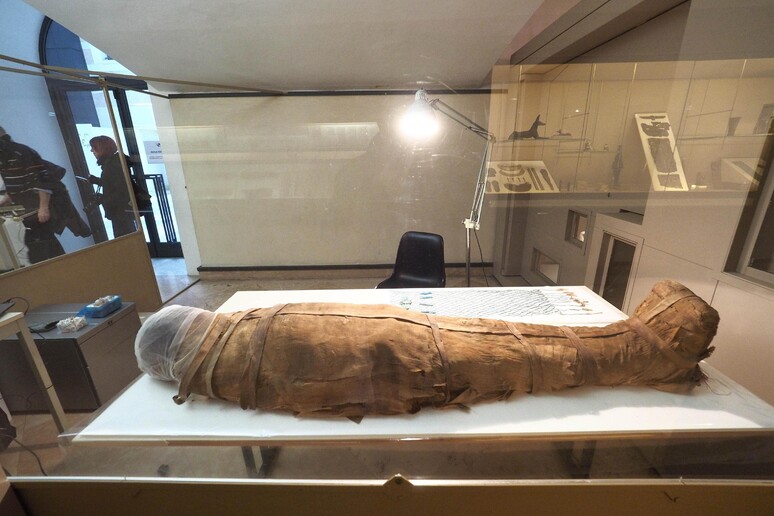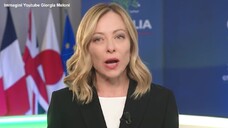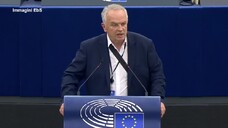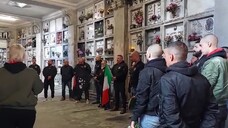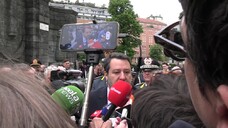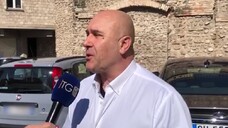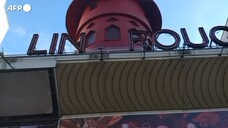Usai mummy lies at Archaeologic Civic Musem in Bologna, 06 February 2017. The mummy bandages conceal the body of an Egyptian named Usai, son of Nekhet and Heriubastet, which are preserved in the Museo Civico Archeologico di Bologna also the two sarcophagi: one internal and one external type anthropoid Cabinet with angular pillars and the barrel lid, which are richly decorated and subscribers. According to the Egyptians mummification it was essential for eternal survival of the deceased and normally provided for: the washing of the body; the removal of the brain and viscera; his dehydration through natron salts; the unction and, finally, the bandage with linen bands among which could be included some amulets with a protective function against the body. Radiographic investigation of the mummy showed the existence under the shroud of gauze in faience beads, similar to that currently lying on the body, and the presence of legs I used a wrap with extracts from the abdomen during viscera mummification. It was also detected a skeletal structure still well preserved. ANSA/GIORGIO BENVENUTI
Riproduzione riservata © Copyright ANSA




